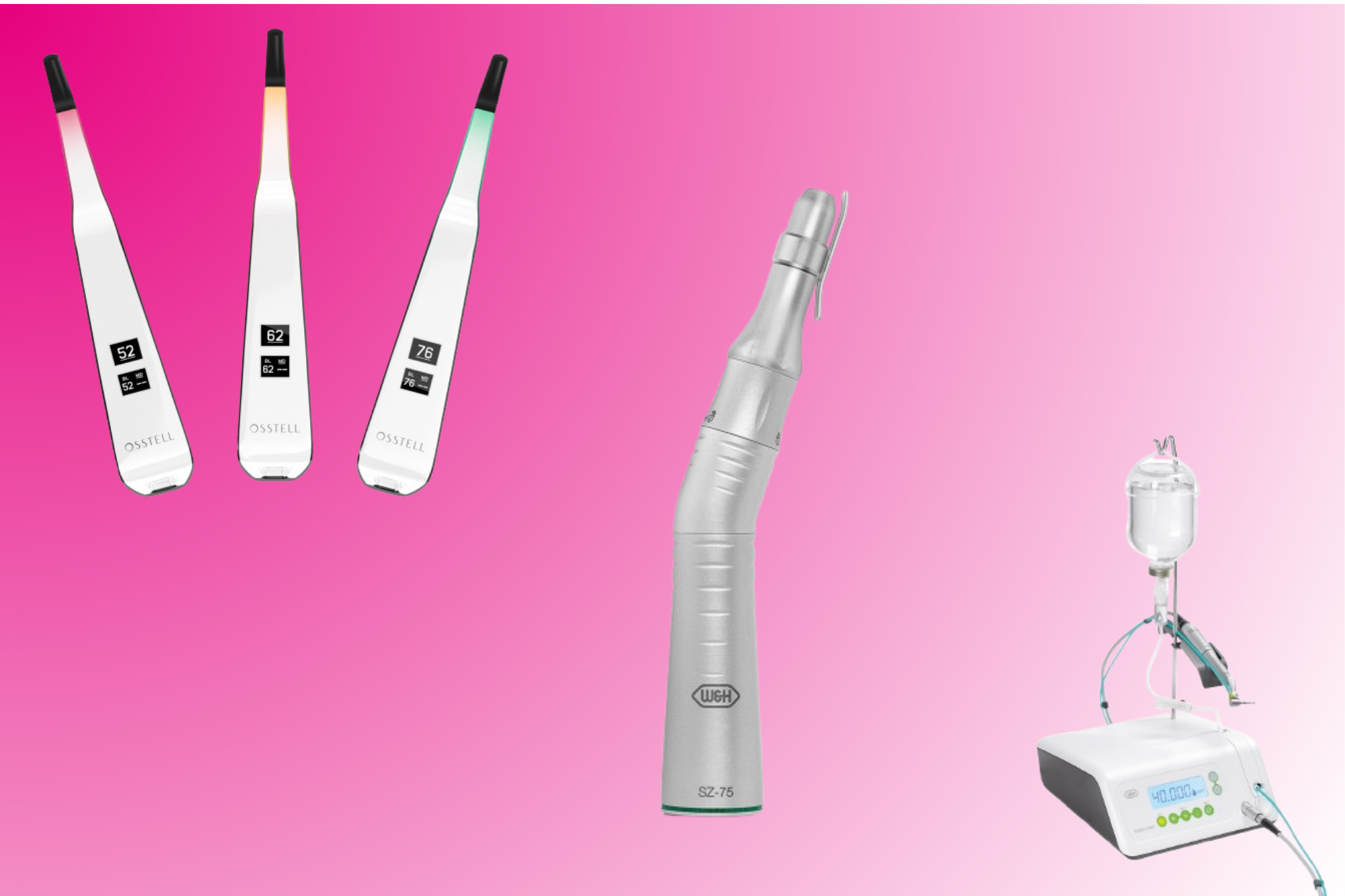This National Smile Month’s theme is Love Your Smile, but with limited patient contact time, it can sometimes be challenging to encourage patients with poor oral health to make an improvement. We’ve written this short article to share a few small tips which might help you to find new and effective ways of communicating with your patient.
As dental professionals, we can’t help but be aware of the importance of good dental hygiene. It’s an awareness developed through specialised education and experience, but the issue is conveying that same importance to patients while helping them understand and making them feel comfortable. Managing patient-practitioner relationships is an enormous part of dentistry but some patients, for whatever reason, need more encouragement than others to develop good habits. This article is written to help you provide approachable, encouraging, and motivating advice for your patients.
This national smile month, it’s more important than ever that we raise the visibility of oral health issues. To help with this, please consider our written article on effective oral hygiene and prevention. We also have articles available about endodontics, and which endo motor you should use in 2024. If you’d like to learn more about dental equipment, please read our articles on hand instruments, and what to look for in dental handpieces.
Fundamentals - Communication
As many of our readers already know, the foundation of your relationship with your patients lies in communication and treating each case as an individual with their own set of circumstances. For example, some people might not brush their teeth as much as they should because they have sensory issues, and a solution might be as simple as recommending another flavour of toothpaste or using a different type of toothbrush (I.e. electric or manual). Another example could be regarding patients with limited mobility. These patients might need an accessibility tool to brush, such as the TePe Extra Grip Toothbrush Handle, or a brush with a lighter head. While these examples may seem overly simplistic compared to the cases you may find in practice, the key takeaway is that patients sometimes want to have good oral hygiene and will openly talk about why they have failed so far. It’s our role as dental practitioners to listen, encourage, and support.
This environment of understanding and respect has been shown to pay dividends in helping your patient to provide crucial information. Patients may provide “Clues” rather than outwardly and immediately verbalising their issues, and an open, discursive environment might help these clues to be explained, and reveal important aspects pertaining to the patients’ care. (Suchman et al, 1997)
Goals and scheduling
Providing a series of actionable tasks and a timeline within the patients’ capabilities can help to encourage a patient to improve their dental habits. This setting of concrete, attainable goals can help to make the process of improvement seem less daunting and more actionable. Most importantly, you should work with your patients to gain insight into what they find challenging, and the solutions you may have to these issues. Working together to create a schedule of improvement on their terms will help the patient to see their oral hygiene as something they can change and take better responsibility for.
Time Restrictions
One issue which may prevent dentists from being able to fully engage with their patients is limitations on their time. If a practitioner is only rarely able to see a patient, and only has short sessions when they do make contact, it can be difficult to delve into what is needed to help that patient make a real, impactful change to their routine. Some patients often only make an appointment with their dentist when they’re already experiencing oral pain, others only book sessions every six months or more. For this reason, it is crucial to concisely communicate to your patient in understandable terms the problems that you see, and the solutions available. Also important in this instance is to make sure the patient is not overwhelmed and can clearly understand what is being told to them. If you find yourself struggling with this aspect of patient relationship management, that is completely normal. One solution for this might be CPD to help you learn new, effective patient communication techniques. DD has an expert-led course on communicating with patients available.
Another solution may be providing resources which are supplementary to the topics you discuss with your patients. This month’s National Smile Month resources include information packs, and daily checklists for oral health, which can help if you find a patient is struggling with basic oral hygiene tasks. For these resources and more, please see the links below.
Resources:
Citations
Suchman AL, Markakis K, Beckman HB, and Frankel R (1997) A model of empathetic communication in the medical interview. JAMA 277: 678–682
Meeting-your-childs-sensory-needs-Toothbrushing.pdf (scot.nhs.uk)
Keeping your patients motivated - Dentistry.co.uk



